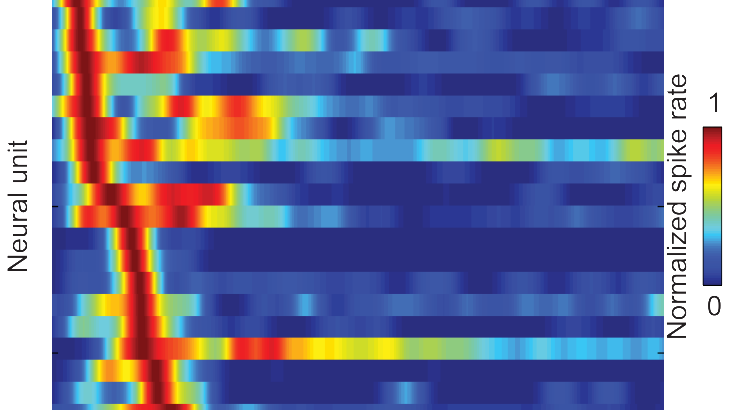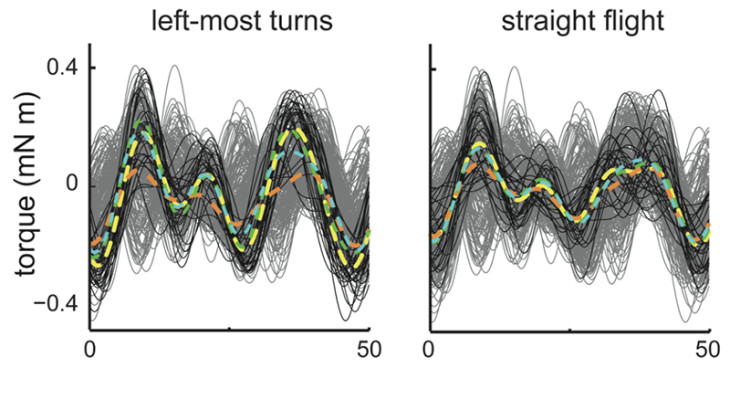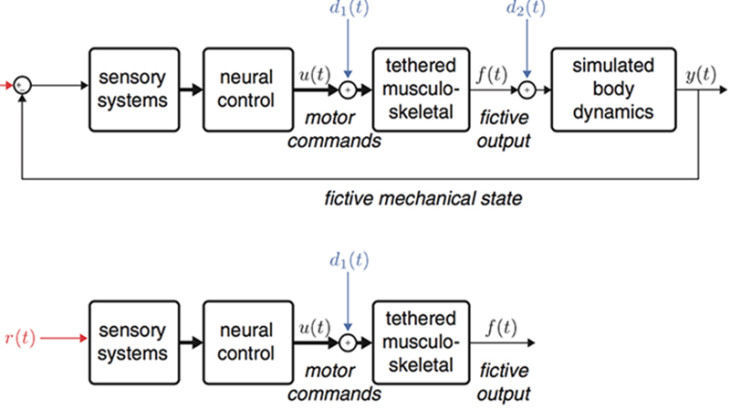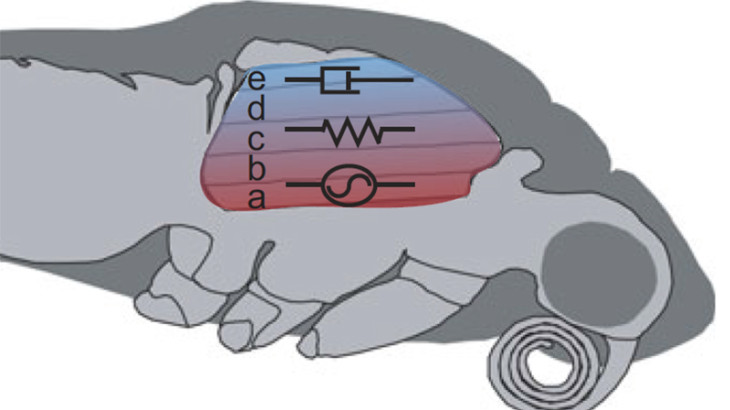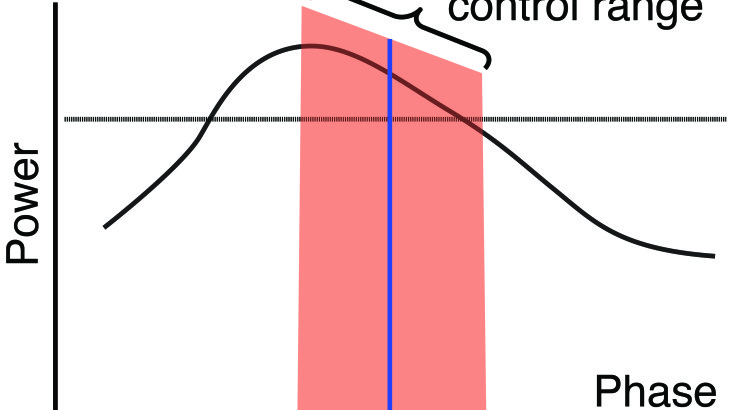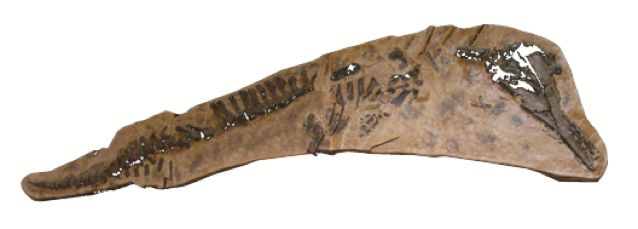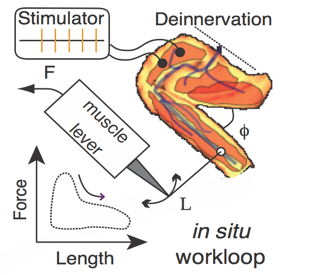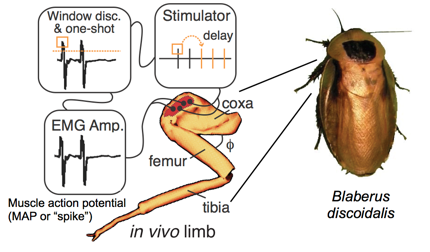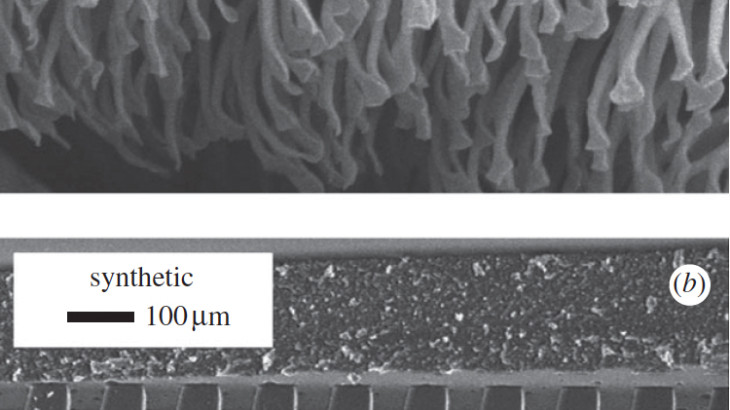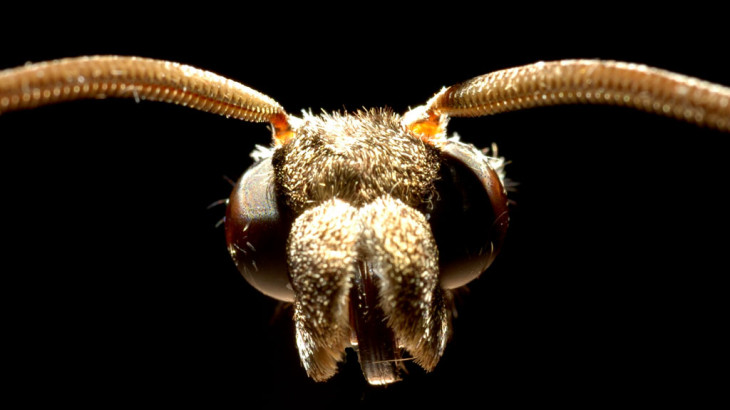
Hawkmoths, like Manduca sexta, hover and track moving flowers during natural foraging in low light environments. Neural recordings from the visual part of the moth’s brain have suggested that as light levels drop, the moth changes its sensitivity to light by integrating light for a longer period of time. Such a strategy raises the possibility […]
